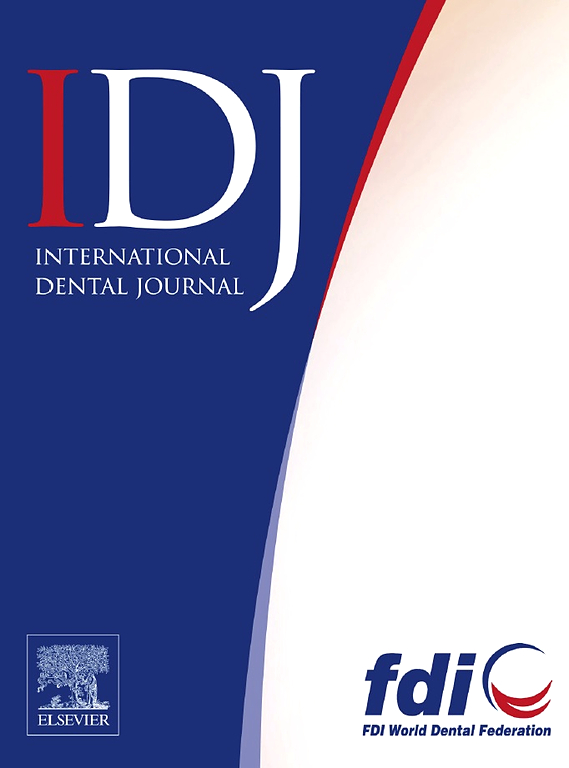Machine Learning Models in the Detection of MB2 Canal Orifice in CBCT Images
IF 3.2
3区 医学
Q1 DENTISTRY, ORAL SURGERY & MEDICINE
引用次数: 0
Abstract
Objectives
The objective of the present study was to determine the accuracy of machine learning (ML) models in the detection of mesiobuccal (MB2) canals in axial cone-beam computed tomography (CBCT) sections.
Methods
A total of 2500 CBCT scans from the oral radiology department of University Dental Hospital, Sharjah were screened to obtain 277 high-resolution, small field-of-view CBCT scans with maxillary molars. Among the 277 scans, 160 of them showed the presence of MB2 orifice and the rest (117) did not. Two-dimensional axial images of these scans were then cropped. The images were classified and labelled as N (absence of MB2) and M (presence of MB2) by 2 examiners. The images were embedded using Google's Inception V3 and transferred to the ML classification model. Six different ML models (logistic regression [LR], naïve Bayes [NB], support vector machine [SVM], K-nearest neighbours [Knn], random forest [RF], neural network [NN]) were then tested on their ability to classify the images into M and N. The classification metrics (area under curve [AUC], accuracy, F1-score, precision) of the models were assessed in 3 steps.
Results
NN (0.896), LR (0.893), and SVM (0.886) showed the highest values of AUC with specified target variables (steps 2 and 3). The highest accuracy was exhibited by LR (0.849) and NN (0.848) with specified target variables. The highest precision (86.8%) and recall (92.5%) was observed with the SVM model.
Conclusion
The success rates (AUC, precision, recall) of ML algorithms in the detection of MB2 were remarkable in our study. It was also observed that when the target variable was specified, significant success rates such as 86.8% in precision and 92.5% in recall were achieved. The present study showed promising results in the ML-based detection of MB2 canal using axial CBCT slices.
求助全文
约1分钟内获得全文
求助全文
来源期刊

International dental journal
医学-牙科与口腔外科
CiteScore
4.80
自引率
6.10%
发文量
159
审稿时长
63 days
期刊介绍:
The International Dental Journal features peer-reviewed, scientific articles relevant to international oral health issues, as well as practical, informative articles aimed at clinicians.
 求助内容:
求助内容: 应助结果提醒方式:
应助结果提醒方式:


